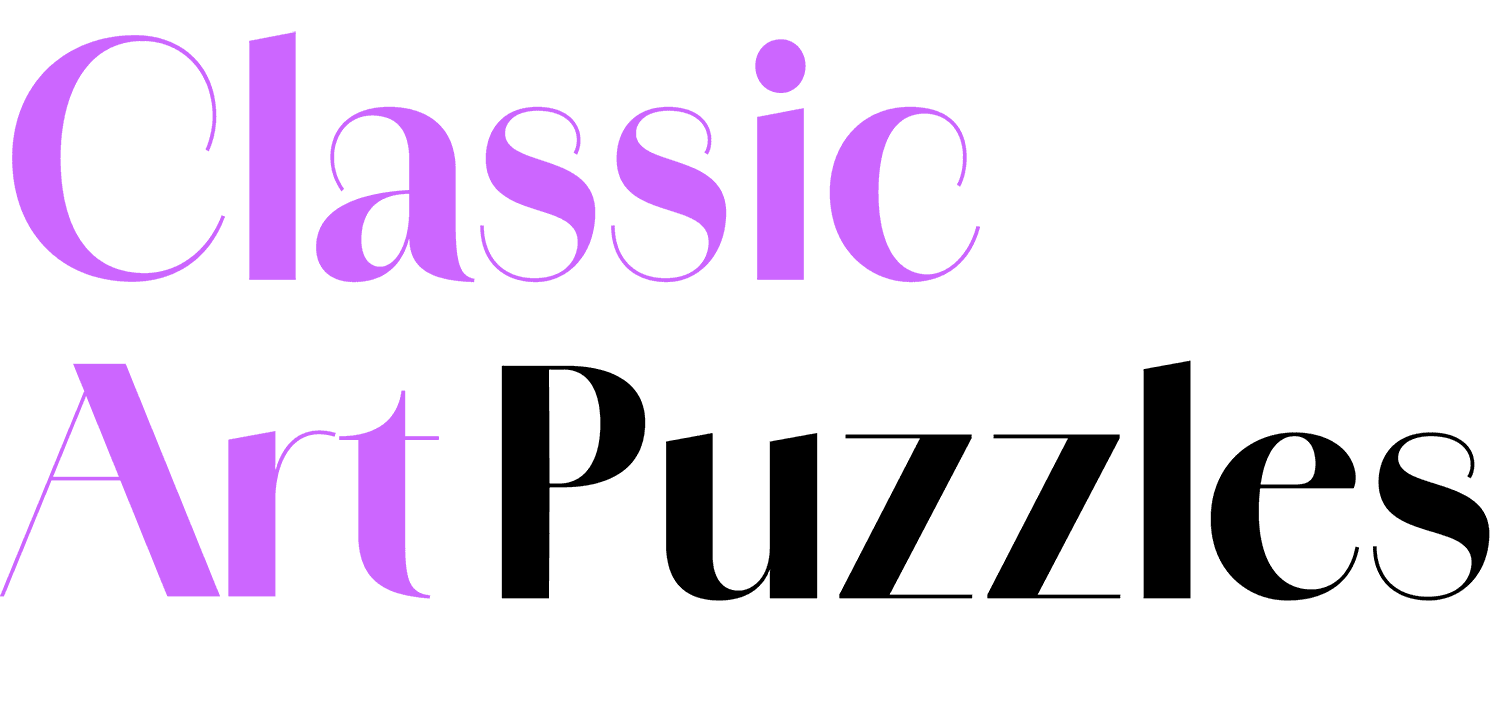Table of Contents
Reading and playing have changed. With fewer people buying printed books, the question is no longer paper or digital — it’s what kind of digital? For puzzle lovers, art enthusiasts, and casual readers alike, two major formats stand out: flipbooks and ebooks.
While both offer digital access to books, they create very different experiences. In this article, we’ll break down how each format works, where each shines, and why flipbooks are emerging as the best choice for interactive, visual experiences like spot-the-difference puzzles.
What Is a Flipbook?
A flipbook is a digital publication that looks and feels like a real book or magazine. You flip through pages on your screen, just like with a physical book. But unlike ebooks, flipbooks are usually accessed through a browser and can include interactive features such as:
- Animated page-turning
- Zoom and pan controls
- Built-in navigation
- Clickable links
- Embedded videos or audio
- Annotation and hint tools (perfect for puzzles)
Flipbooks are most often made from PDF files and converted into an HTML5 format, which works on nearly any internet-connected device without needing a special app or download.
What Is an Ebook?
An ebook is a digital version of a book that you download and read using an app or device. Common ebook formats include EPUB, MOBI, and PDF. Most ebooks are designed for text-first reading and work well for:
- Novels
- Instruction manuals
- How-to guides
With ebooks, you can usually:
- Adjust font size and background color
- Highlight text or bookmark pages
- Read offline
But ebooks are generally less interactive. They don’t support multimedia, animations, or gameplay features. Most offer a linear, scrolling or page-turning reading experience.
| Feature | Flipbook | Ebook |
|---|---|---|
| Format | Interactive, browser-based | Downloadable file for reading apps |
| Setup | No app needed | Requires ebook reader or app |
| Interactivity | High (animations, links, audio) | Low (mostly text-focused) |
| Visuals | Rich and image-focused | Basic layout, often reflowable text |
| Ideal Use | Art, puzzles, magazines, catalogs | Novels, long-form reading |
| Offline Access | Sometimes via app | Fully offline once downloaded |
| Customization | Depends on creator | Font and screen settings adjustable |
Why Flipbooks Work Better for Visual Puzzle Content
At Classic Art Puzzles, we chose the flipbook format for a reason: it’s built for interactive, visual experiences. Spot-the-difference puzzles, in particular, require:
- High-resolution images
- Zoom capabilities to inspect details
- Annotation tools to mark differences
- Audio or visual hints to assist players
None of these features are supported natively in ebook readers. A Kindle or tablet might handle a static image fine, but it can’t provide the same level of clarity, immersion, or engagement that a web-based flipbook can.
Flipbooks also preserve artistic integrity. The paintings and scenes we use remain perfectly composed and unaltered by device formatting or text flow. You see the artwork as intended — no compression, no cropping, no reflow.
Accessibility and Ease of Use
Flipbooks are incredibly easy to access:
- Just click a link or log in to your account
- No apps or downloads required
- Works on any device with a browser
For seniors and families, this simplicity is key. There are no compatibility issues or extra steps. You can open a puzzle on your laptop, tablet, or phone and start playing immediately.
By contrast, ebooks may require:
- Downloading a reader app
- Syncing files between devices
- Navigating confusing formats (EPUB vs. MOBI)
These steps may be minor to some, but they add friction — especially when you want to share puzzles with others or play on the go.
Offline Use: One Area Where Ebooks Still Shine
If you’re in a location without internet, an ebook has the advantage. Once downloaded, you can read it anytime, anywhere.
That said, spot-the-difference puzzles are usually played in a relaxed setting — at home, in a café, or while traveling with Wi-Fi. The need for constant offline access is less urgent than with long-form reading.
For Puzzle Lovers, Flipbooks Win
Ebooks are fantastic for immersive, text-heavy reading. But if you’re looking for puzzle books, especially those with visual complexity, flipbooks offer:
- A better interface for image-based gameplay
- Interactive features that enhance focus and enjoyment
- No download barriers, just instant play
And unlike printed puzzle books, digital flipbooks never fade, bend, or get lost. They’re lightweight, accessible, and built for ongoing use and updates.
Final Thoughts
Flipbooks and ebooks both serve important roles in the digital reading world. But for certain types of content — like interactive art puzzles — flipbooks are the more honest, powerful, and engaging format.
They don’t just display puzzles — they bring them to life.
If you’re ready to explore puzzle books that don’t require printing, shipping, or downloading, try a flipbook. All you need is a screen, your eyes, and a few moments of focus.
Happy puzzling!
